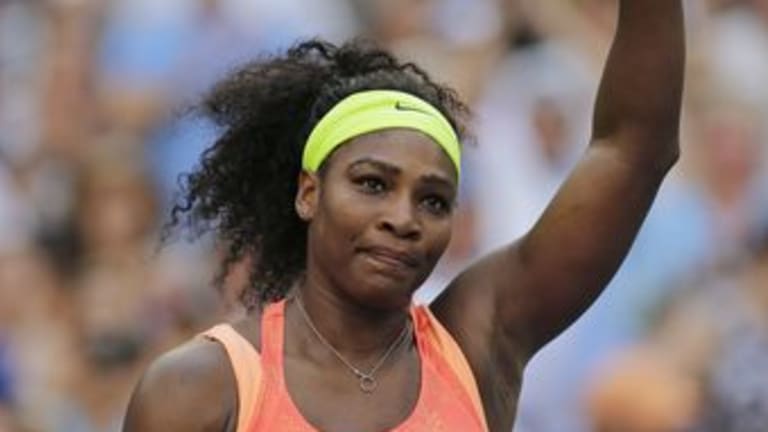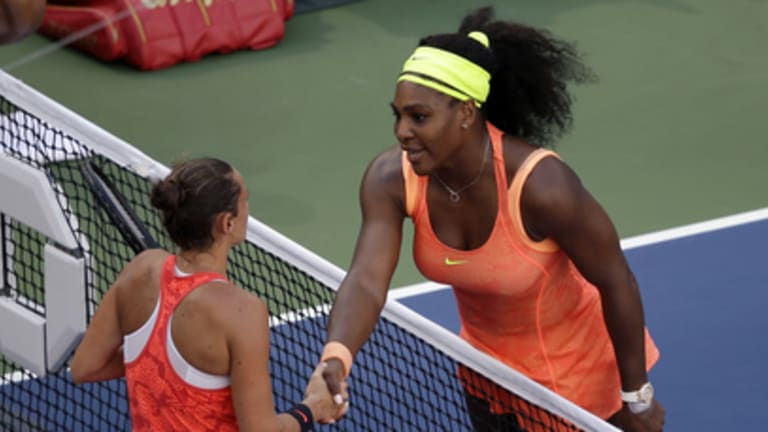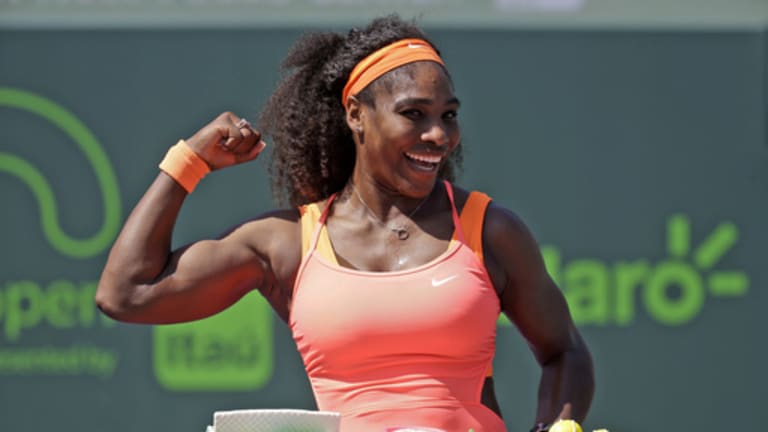The last time I saw Serena Williams, she was making a hasty exit from the interview room inside Arthur Ashe Stadium. She had just lost to Roberta Vinci in the U.S. Open semifinals, and I wondered, as she bolted for the door, when we might see her again. After living with the pressure of trying to win a calendar-year Grand Slam, only to come up just short against a 100-to-1 long shot, was Serena really going to travel to Beijing and Singapore to finish the season? I had trouble picturing it.
I don’t need to wonder any longer: On Thursday, Serena said that she was withdrawing from both of those events and, aside from possible exhibitions, shutting it down for 2015. As she has all year, Serena showed a flair for the dramatic in her announcement.
“It’s no secret I’ve played hurt most of the year,” Williams said. “Whether it was my elbow, my knee, or in the final moments after a certain match in Flushing, my heart.”
“This is a very difficult decision, but one ultimately made because of the love of the game.”
“I plan to return to practicing and participating in exhibition matches later this year. And when I do, I will focus and focus and focus so I can continue my journey in this beautiful game.”


